Is It Possible to Earn More From CPM Ads With Paid Traffic?
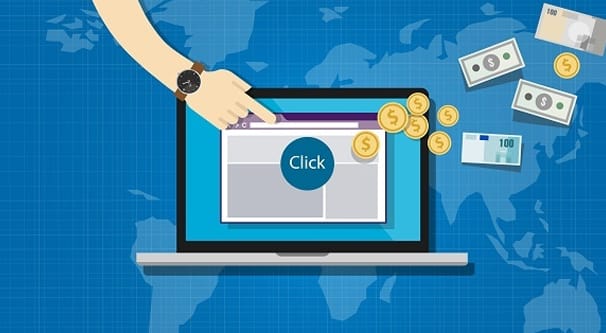
There are a lot of ways you can pay for traffic and use it to earn some money, depending on what you’re doing with your site, the source of the traffic, and other factors. Before we dig in too deep though, let’s talk about some basics.
Defining CPM
First of all, CPM ads. CPM ads are view ads; ads that you place on your website to monetize it. You earn a small rate when people view the ads, typically calculated per thousand views, hence the “PM” part. CPM stands for Cost Per Mille, with Mille being a Latin root word meaning “thousand”.
Typically, CPM ads are going to pay less than CPA ads (or CPC, which is a subset of CPA). Cost Per Action ads earn when a user takes the associated action, usually clicking the ad, but sometimes filling out a landing page form or downloading an app. A set of CPM ads might pay you $2 for 1,000 views, while an equivalent CPA ad might pay $2 per click. If you get more than 1 click per 1,000 viewers, the CPA ads pay you more. On the other hand, if you don’t refer enough targeted traffic, it’s possible you won’t get more than one click every 10,000 views or something, making CPM ads more lucrative over time.
Typically if you’re running CPM ads, it means you have a lot of traffic, but that traffic either has low purchase intent or is very unfocused. Generalist news sites tend to run these kinds of ads, because they’re unlikely to have focused audiences necessary to make a profit from CPA ads.
Defining Traffic Arbitrage
The word “arbitrage” comes from investing, typically in finances, but also in commodities and securities. Arbitrage is the process of both buying and selling on different markets at the same time, in order to take advantage of the difference in prices. For example, if it costs me $1,000 to buy an ounce of Gold on the Japanese market, and I can sell that ounce of Gold for $1,250 in the United States, I can set up a plan where I buy in one location and immediately sell in the other, pocketing the profit. Every sale I make earns me $250; not a bad way to take advantage of the going rate of the commodity in both markets.
Traffic arbitrage is the same idea, but for website traffic and in much smaller numbers. It works like this:
- First you set up your site with CPM ads that pay you some fixed rate for 1,000 views. Let’s say $2 per 1,000 views, a $2 CPM.
- Second, you find a source selling traffic at a cheaper rate than what you’re being paid. Let’s say you find a generic traffic seller website that promises 1,000 unique viewers for $1.
- Third, you start up the arbitrage. You buy 1,000 viewers for $1 and, once those viewers are delivered, you earn $2 from your ad network.
Each cycle of this process earns you $1. It doesn’t seem like much, and indeed, it isn’t. However, it can scale, and both sides of the scale can be adjusted.
For example, if that above is your basic setup, you have three things you can adjust. First, you can adjust the amount of traffic you buy. For every $1 you invest, you are paid $2. After the first cycle, you have $2 to invest, which should earn you $4. The next cycle you can invest that $4 and earn $8 in return. Keep cycling, and eventually you can be making decent chunk of change.
The second adjustment you can make is finding higher-paying CPM ads. If you find a different ad network that will pay you $3 per CPM, you have effectively doubled your profits. A $1 investment earns you $3, for a $2 profit. That $3 then can earn you $9, again significant; the compounding profits can scale upwards as far as your traffic source can take them.
The third adjustment would be finding cheaper sources of traffic. If you find another traffic seller that promises 1,000 unique visitors for $0.50, you can again scale up your profits on each cycle.
Limitations on Arbitrage
There are some limitations on how you can perform arbitrage with traffic. At a certain point, everything is going to cap out. You can’t scale these indefinitely.
First of all, there’s a limit to how high you can get your CPM. According to a study (albeit a slightly old one) from Monetize Pros, the average CPM of display ads runs around $2.50. Some industries can see higher CPMs, like weddings and some technology niches, while others are lower, like politics and fashion. You won’t be able to scale upwards to $10 or $20 CPM unless you find some advertiser willing to pay for that. Hint: you won’t.
Secondly, there’s a limit to the amount of traffic you can purchase. An individual traffic seller might promise some rate like $1 for 1,000 unique viewers, but do they deliver on what they promise? Maybe you buy 1,000 unique viewers, but only 800 of your visitors are actually unique, the other 200 being duplicates from the same audience. Or perhaps the seller has an audience of 10,000 unique users; you get 1,000 uniques when you pay $1, but once you pay $10, you’re out of unique users from that network. Any further investment results in duplicated traffic that doesn’t earn you money.
You can get around this limitation by finding other sources of traffic, but there are some risks inherent in that idea. I’ll discuss that more in a little bit.
Sources of Traffic
Traffic for arbitrage can come from a variety of different sources. These have a variety of risks, though, so you need to know what you’re getting into.
At the very bottom of the barrel are providers on Fiverr and its alternatives, like Tenrr, Fourerr, FiverUp, TenBux, or any of the other variations on the theme. You’ll generally find very cheap traffic on these sites, but it’s very risky traffic as well.
The traffic you get from bulk gig sellers is typically traffic that comes from spam blog networks, or is simply traffic run from a botnet. This traffic is often labeled “fake traffic” because there are no real people or real intent behind the visits.
As I will discuss below, most ad networks that allow you to run CPM ads and pay you for the traffic will aggressively filter the traffic you refer. You might buy 1,000 viewers, and have 200 of them filtered out as bots, thus only earning 80% of a per-thousand payout. This has ramifications that I’ll discuss below.
A step up – sometimes – from Fiverr and its related sellers are the stand-alone sellers. These are basically the same thing, just with their own websites instead of operating through a gig website. They generally have access to larger botnets, larger ad networks, or larger spam blogs, but they aren’t necessarily any better.
You can also simply pay for ads through legitimate networks like AdWords or Facebook ads. Even with poorly targeted per-view Facebook ads, your costs are going to be pretty low but you’re guaranteed real people, though not necessarily people who will ever be interested in clicking or converting with the ads. The downside is simply that these kinds of ads are usually more expensive than buying bulk traffic packages from a third party seller.
The final option is to work hard with organic, white-hat SEO to build a high profile industry site and use its organic traffic to power CPM ads. This is, of course, a years-long process fraught with peril, with a lot of effort, a lot of investment, and a lot of risk wrapped in. It’s a lot of work, even if it’s the most legitimate option, which is why so many people want to bypass it with a shortcut for making some cash.
Regardless of your traffic source, there’s one primary risk for traffic arbitrage, which is that it dries up without consistent investment. The moment you stop paying for traffic, whether it’s from Fiverr or Facebook ads, your income dries up. Since you’re focusing entirely on circulating and growing profits through traffic, you aren’t focusing on building an audience of your own, which means you end up little more than a small tunnel in the road. Once people pass through, there’s no reason for them to stick around.
The Risks of Arbitrage
The first major risk you run while setting up traffic arbitrage is ad network filtering.
Ad networks have their own rules and regulations about traffic arbitrage. Generally, ad networks allow you to purchase traffic, so long as that traffic comes from a legitimate source.
If your traffic turns out to be fueled primarily by spambots or botnets, then you run into trouble. The CPM network will surely detect that this is fake traffic, and they will take action. See, fake traffic that they pay for means advertisers are paying more for less results, which they don’t like. It makes advertisers feel like the ad network is a scam, and makes them want to leave, or demand lower rates. Both results mean the ad network makes less money, both from lower volume and from lower prices.
As such, ad networks will take two actions when they see a lot of bot traffic. First, they will filter it and refuse to pay out for it, while also not charging the advertisers for it. Second, they will identify sources of bad traffic and will purge them from their network. If you end up referring a lot of bad traffic, you could find your account banned.
Even if you’re not banned, buying a lot of cheap traffic from non-target countries with no purchase intent likely means the value of that traffic is low. After all, you’re not paying much for it; why should the advertiser pay much for it?
It’s a cyclical problem. The worse your traffic is, the less valuable it is to advertisers, so the less advertisers will be willing to pay for it. The less they pay for it, the less money you have to invest in more traffic, so the lower quality – cheaper – sources you find. It cycles until everything is worthless.
Success with Arbitrage
If you want to find success by buying traffic for your CPM ads, you need to keep everything as high quality as possible.
Here are my tips.
- Focus on building a worthwhile site. The worse your site and content are, the harder it will be to get into any of the really good CPM networks. The better the networks you’re in, the more you’ll be able to earn from your traffic.
- Strive to only buy traffic from high quality sources. Facebook ads with good targeting, Google ads with good targeting, referral sources from reputable sellers; these can all help with CPM ads, CPC ads, and even direct sales if you have an affiliate setup or storefront of your own.
- Do something to capture users beyond just filtering them through your site. Build a mailing list, create a high quality blog, it doesn’t matter what it is. Just try to build up organic traffic as well as paid traffic. This will help compound the effect of the traffic you buy, and will make you more resilient to times where you can’t buy more traffic.
And, of course, keep your return on investment in mind. If the cost of your traffic rises too much, don’t look for cheaper sellers, look for ways to optimize the traffic and reduce costs. More focused ad targeting is the primary method here, but you can optimize with better copy and other tweaks as well.
You certainly CAN build a successful traffic arbitrage model, but just like anything else involved with web marketing, you can’t take shortcuts to do it. The les you want to invest, the less you’ll get out of it, and the harder it will be to grow.
 ContentPowered.com
ContentPowered.com
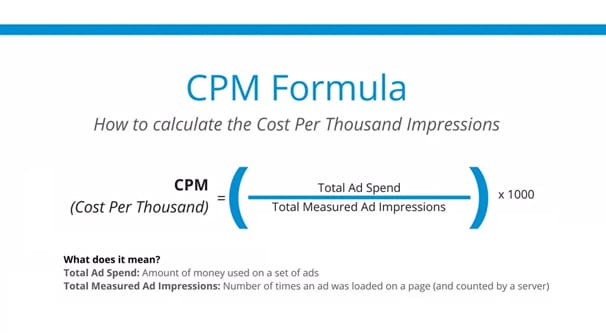
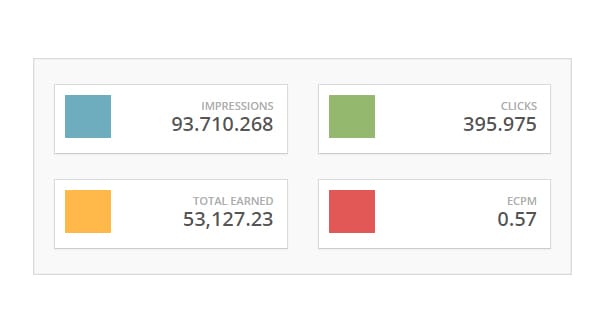
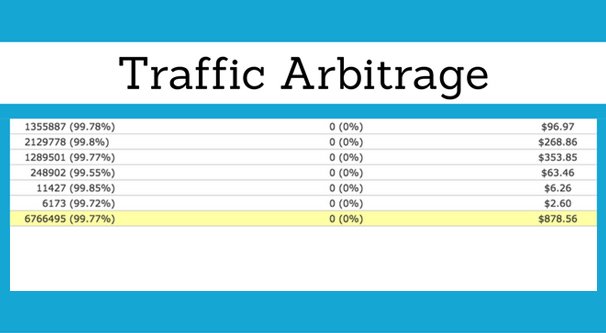

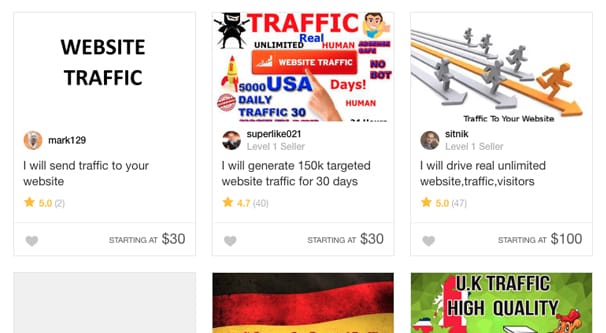
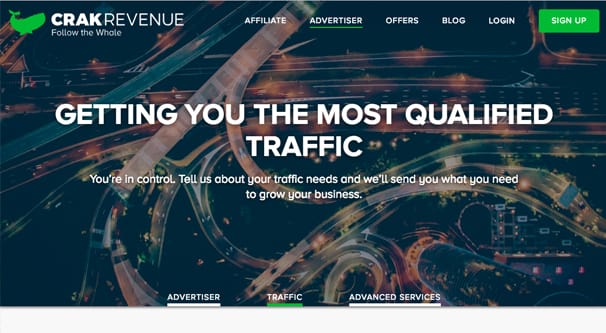
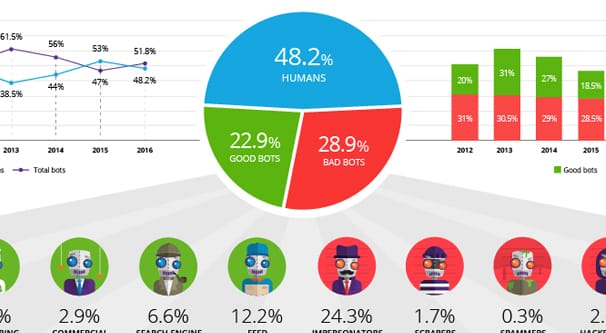
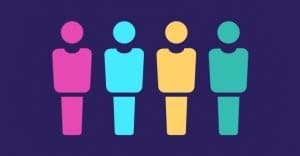
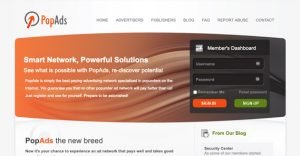
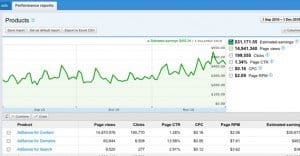
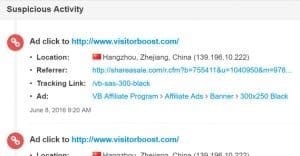
Definitely Not! 99% its lead to loss!, Even If you Earn few, it will less compare to your margin